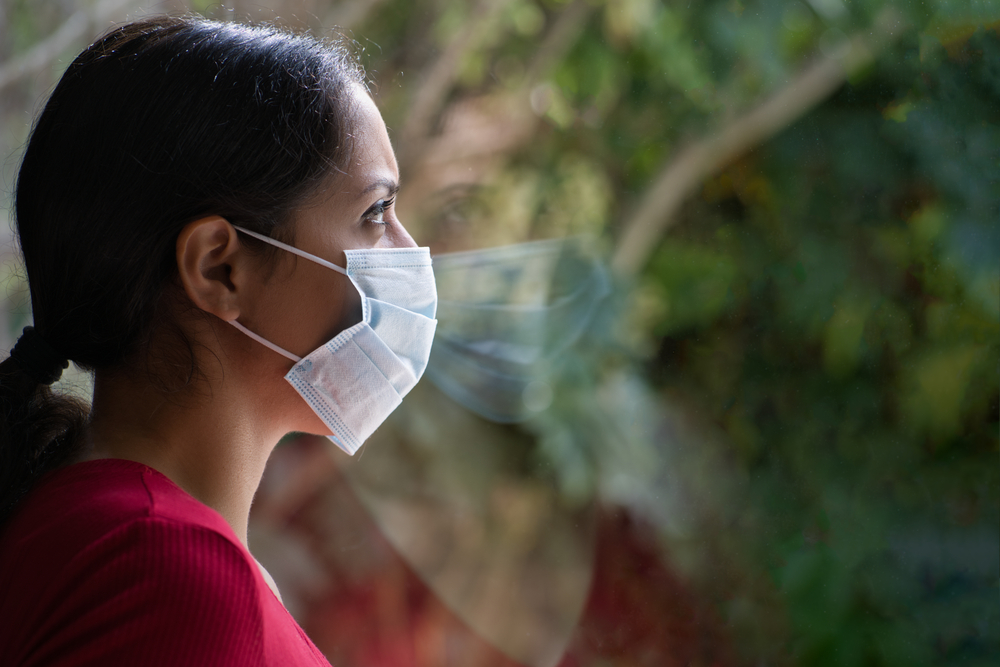The California Division of Occupational Safety and Health (Cal/OSHA) has revised requirements for employee isolation and quarantine covered in an update to the frequently asked questions (FAQs) on its COVID-19 prevention emergency temporary standards (ETSs). Isolation requirements apply to employees who have tested positive for COVID-19, and quarantine requirements apply to employees who have been in close contact with someone with COVID-19.
The changes incorporate new guidance from the California Department of Public Health (CDPH) on isolation and quarantine periods. Under new requirements for isolation:
- Employees who test positive for COVID-19 must be excluded from the workplace for at least 5 days.
- Isolation can end and employees may return to the workplace after day 5 if symptoms are not present or are resolving and a diagnostic specimen collected on day 5 or later tests negative.
- If an employee is unable or chooses not to test and his or her symptoms are not present or are resolving, isolation can end, and the employee may return to the workplace after day 10.
- If an employee has a fever, isolation must continue, and the employee may not return to work until the fever resolves.
- If an employee’s symptoms other than fever are not resolving, he or she may not return to work until his or her symptoms are resolving or until 10 days after a positive test.
- Employees must wear face coverings around others for a total of 10 days after a positive test, especially in indoor settings.
Employees who are exposed to someone with COVID-19 must be excluded from the workplace for at least 5 days after their last close contact with a person who has COVID-19 and must test on day 5. Quarantine can end and exposed employees may return to the workplace after day 5 if symptoms are not present and a diagnostic specimencollected on day 5 or later tests negative. If an employee is unable or chooses not to testand does not have symptoms, quarantine can end, and the employee may return to the workplace after day 10. Exposed employees must wear face coverings around others for a total of 10 days after exposure, especially in indoor settings.
If an exposed employee develops symptoms, he or she must be excluded pending the results of a test. If an exposed employee then tests positive for COVID-19, he or she must follow the isolation requirements.
Under a state Executive Order issued by Governor Gavin Newsom, the existing isolation and quarantine periods in the ETS are overridden by any CDPH isolation or quarantine recommendation if the ETS periods are longer than those recommended by the CDPH.
The ETS revised and readopted June 17, 2021, remains in effect until January 14. A revised ETS readopted December 16, 2021, takes effect January 14. The California Occupational Safety and Health Standards Board readopted the ETS for a second and final time. Under state administrative law, emergency standards remain in effect for 180 days. The board may twice readopt temporary standards for an additional 90-day period each.
The December revisions clarified employers’ notification responsibilities, further defined acceptable face coverings, and added a requirement to make COVID-19 testing available at no cost and during paid time to employees who are fully vaccinated.

